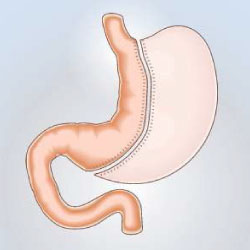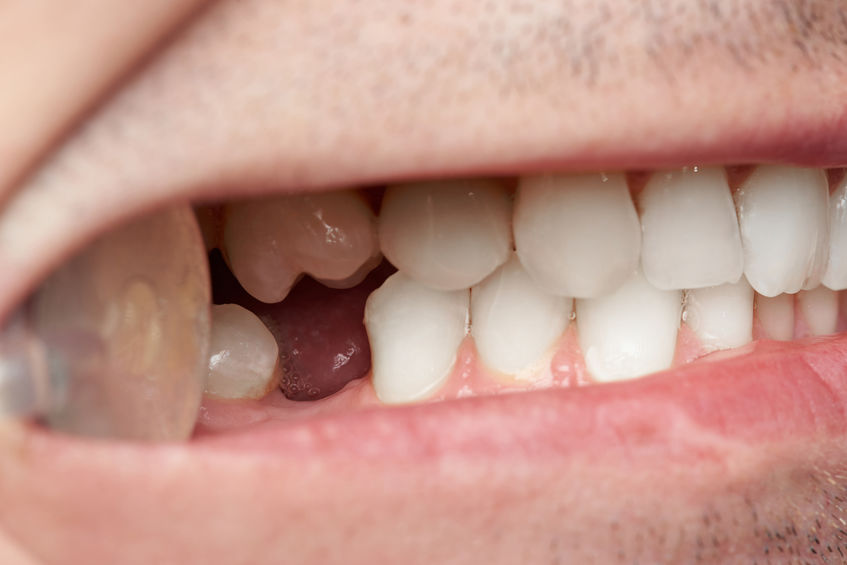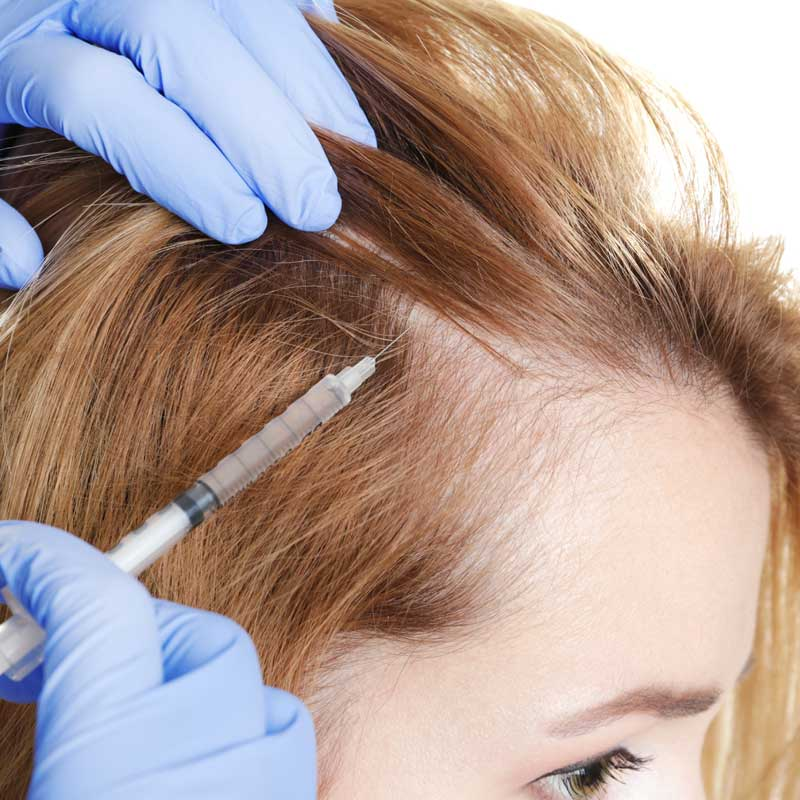 Zapier Automation – Automate Publishing. Free Your Time!
Zapier Automation – Automate Publishing. Free Your Time!
How to Spot Infection Signs After Laser Tattoo Removal
Written by Dynamic Clinic » Updated on: June 17th, 2025

Laser tattoo removal is a popular method for removing unwanted tattoos, but like any medical procedure, it carries certain risks. Infection is one of the most concerning side effects that can occur after treatment. Knowing how to recognize the signs of infection is crucial for preventing complications. In this article, we will discuss how to identify the early signs of infection after laser tattoo removal, helping you ensure your recovery goes smoothly and effectively. Signs of infection after laser tattoo removal (علامات الإصابة بعد إزالة الوشم بالليزر) can vary, but it’s essential to be aware of the symptoms for prompt action.
Understanding the Healing Process After Laser Tattoo Removal:
After undergoing laser tattoo removal, your skin needs time to heal. The laser works by breaking up the ink particles, and your body absorbs them over time. During this healing process, your skin might appear red, swollen, or tender, which is completely normal. However, these symptoms should gradually improve as the skin heals. It's important to distinguish between typical post-treatment reactions and potential infection, as the latter requires immediate attention.
Redness and Swelling Beyond Normal:
Redness and swelling are common after any laser treatment. However, if the swelling persists for more than a few days or becomes significantly worse, it may be a sign of an infection. Normally, the redness should start to fade after a few hours or a day, and the swelling should not become more pronounced as the healing progresses. If you notice the area becoming increasingly red or swollen, this could indicate that bacteria has entered the skin, leading to an infection.
Pain and Sensitivity That Doesn't Subside:
While mild discomfort is expected following laser tattoo removal, especially within the first few hours, the pain should gradually lessen. If you continue to experience sharp or throbbing pain several days after the procedure, or if the area feels excessively sensitive to touch, it could suggest an infection. The presence of persistent pain that does not improve over time is one of the most noticeable signs of infection after laser tattoo removal.
Unusual Fluid or Pus Drainage:
Drainage is normal in the first few days after tattoo removal, as the body works to remove ink particles. However, if you notice yellow, green, or foul-smelling pus, it is a strong indication that an infection has developed. The presence of pus or abnormal drainage is a clear warning sign that the wound may not be healing properly and may need medical attention to prevent further complications. Healthy healing typically produces clear fluids, not colored or foul-smelling substances.
Fever and General Malaise:
A fever is a systemic sign that the body is fighting an infection. If you begin to feel unusually tired, achy, or experience a rise in body temperature after your laser tattoo removal, it could be a sign of an infection. Infections can cause your body to go into a state of stress, and fever is one of the most common responses to this stress. If you notice a fever developing in combination with any of the other symptoms, it’s essential to take action promptly.
Discoloration or Skin Changes Around the Treated Area:
While bruising and mild discoloration can be a side effect of laser tattoo removal, any significant changes in skin color around the treated area should be monitored closely. Darkening or blackened skin could suggest necrosis (tissue death), which can occur if an infection is not addressed. Conversely, a pale, blotchy appearance may also signal that the skin is not receiving enough oxygen or blood flow due to infection. Monitoring your skin’s color changes after treatment can help you spot infection early.
Delayed Healing and Thick Scabbing:
Most people experience scabbing in the treated area after laser tattoo removal, but these scabs should fall off naturally within a couple of weeks. If the scabbing is excessively thick or doesn't heal properly after several weeks, this could be an indication of an infection. A delayed healing process often goes hand-in-hand with the presence of bacteria in the skin, which can interfere with the natural recovery process.
Conclusion:
While laser tattoo removal is a generally safe and effective procedure, it’s essential to monitor the treated area for signs of infection. Being aware of the symptoms, such as prolonged redness, excessive swelling, pain, abnormal drainage, fever, skin discoloration, and delayed healing, can help you take timely action to address any issues. Signs of infection after laser tattoo removal should never be ignored, as untreated infections can lead to more severe complications. Always keep an eye on the healing process and consult a professional if you are concerned about any changes in your recovery.
Note: IndiBlogHub features both user-submitted and editorial content. We do not verify third-party contributions. Read our Disclaimer and Privacy Policyfor details.
Copyright © 2019-2025 IndiBlogHub.com. All rights reserved. Hosted on DigitalOcean for fast, reliable performance.

















